Sacrificial system
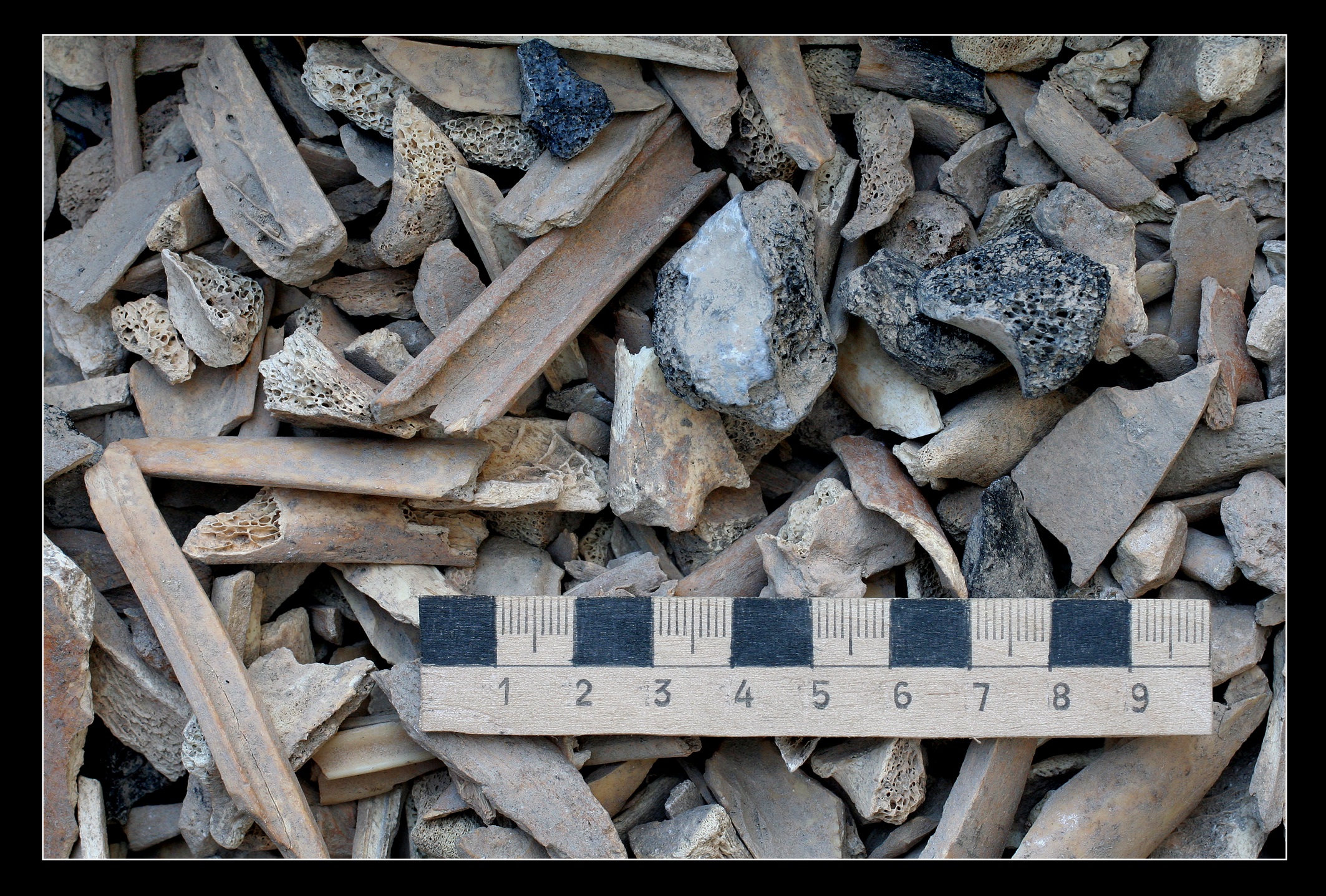
An article in the September issue of the Journal of Archaeological Science suggests that animal sacrifice powered the economy of ancient Jerusalem.
Landlocked but thriving
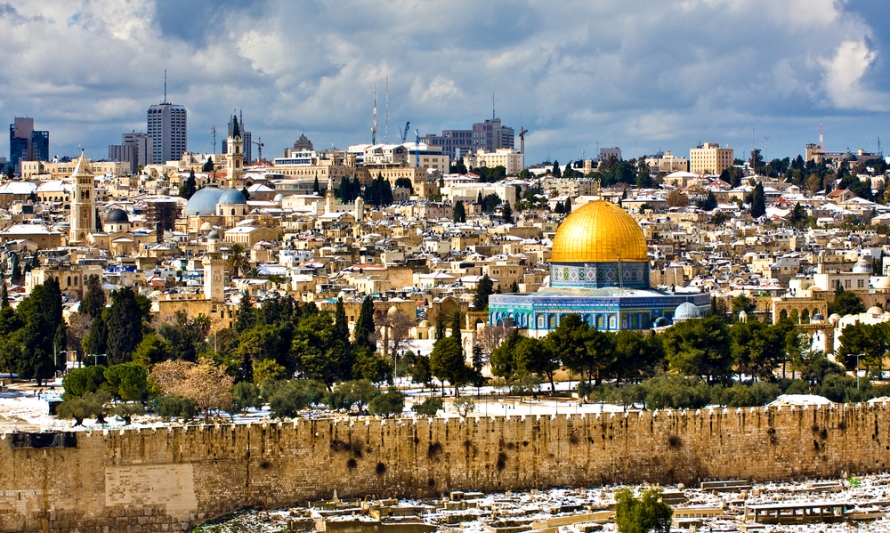
Jerusalem was a landlocked and resource poor region. Yet despite that, at its peak, it was a bustling city with 30,000 citizens. Religious texts from the second temple period describe a massive sacrifice system, with 1.2 million animals slaughtered a day. That suggested the economy was buttressed by the huge number of animals sacrificed at the temple. But archaeologists weren't sure whether these descriptions were hyperbole.
Massive slaughterhouse
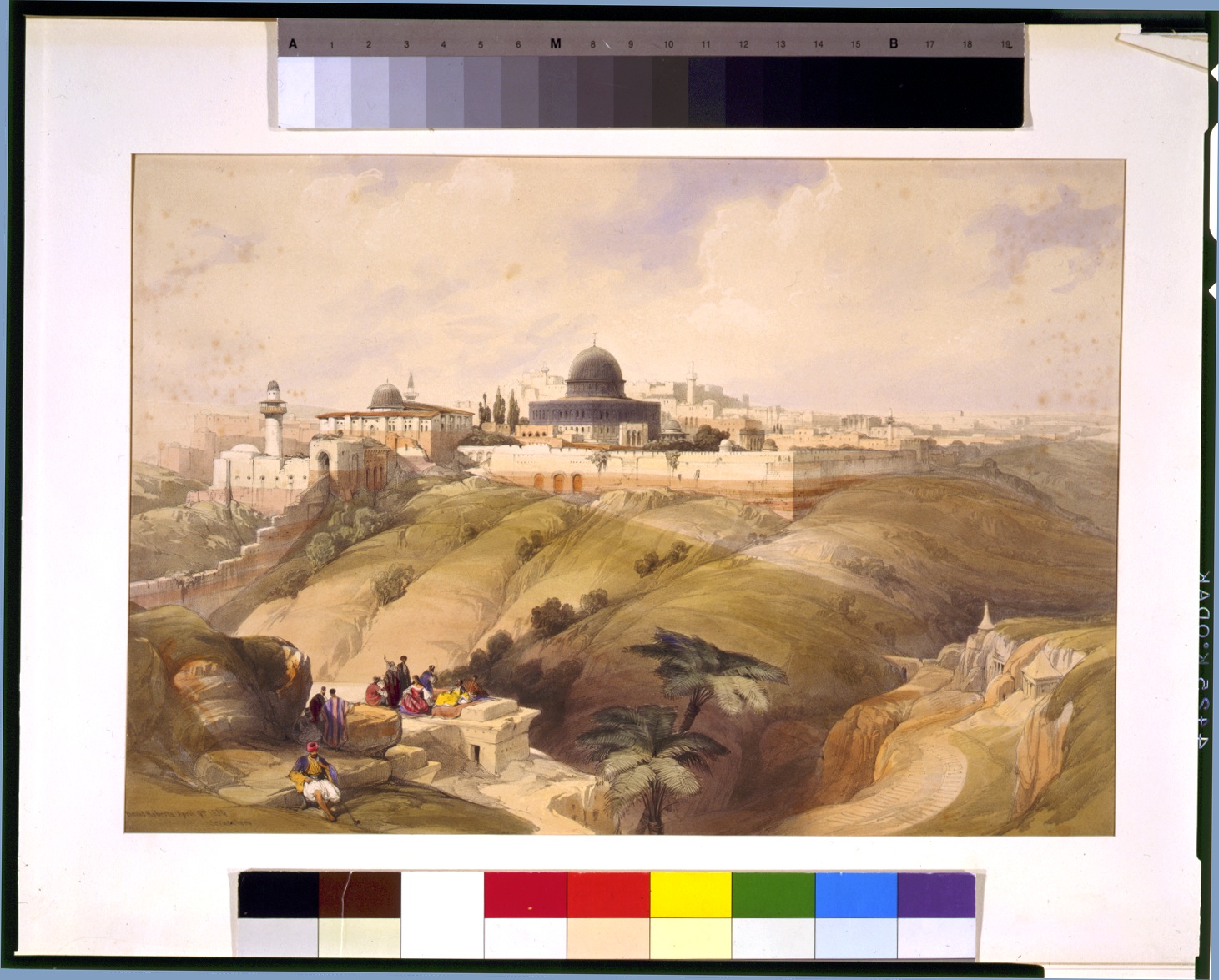
Recently, archaeologists discovered a city dump outside the old city walls of Jerusalem. The dump dated to between about 37 B.C. and A.D. 66, and contained an unusually high proportion of animal bones for an agricultural society.
Butchery evident
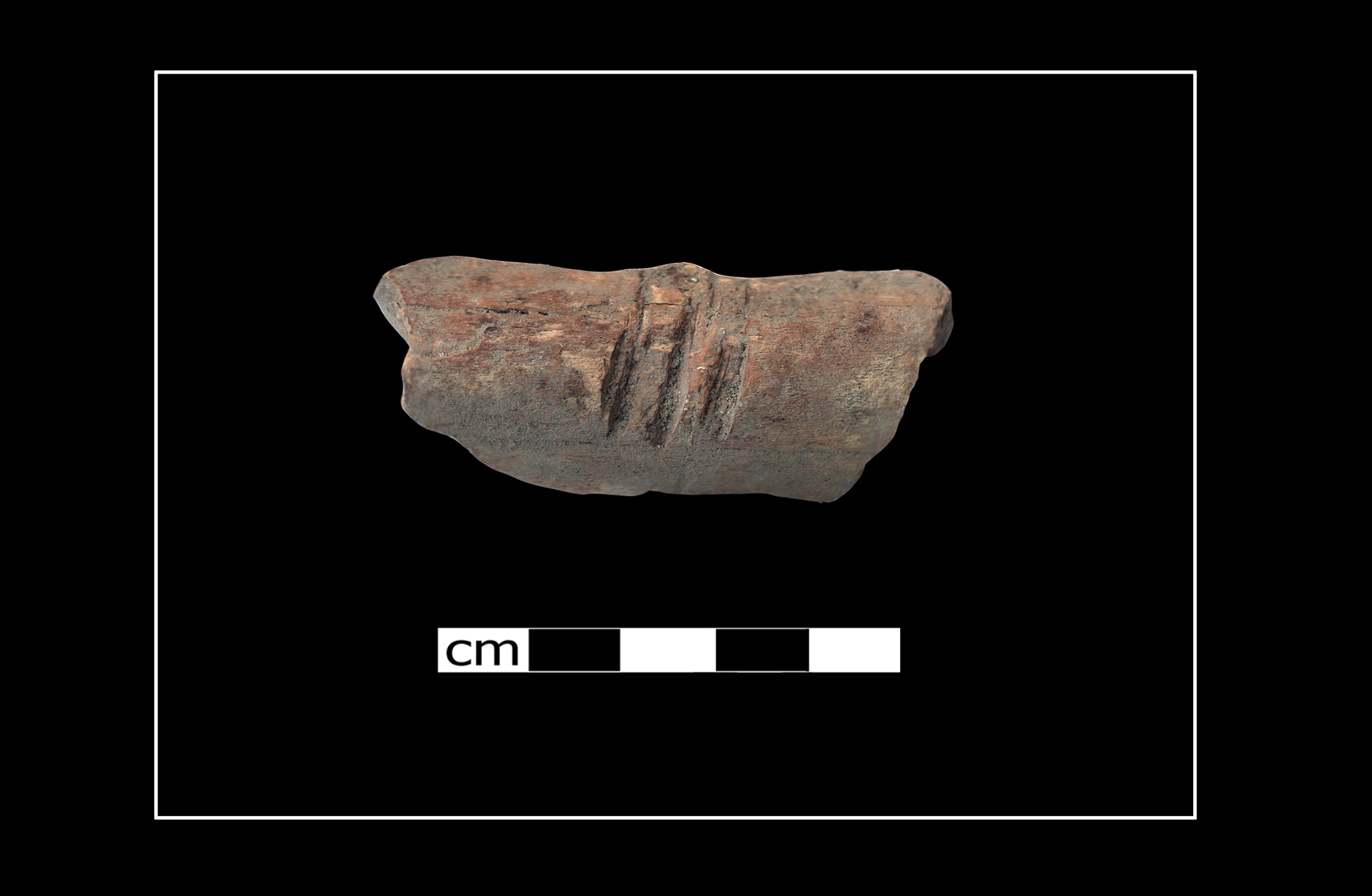
The sheep and goat bones showed cut marks, clear signs of butchery, indicating that the animals were used for meat consumption. Historically, whatever parts of the animal weren't sacrificed as a burnt offering were eaten in feasts.
Distant locations
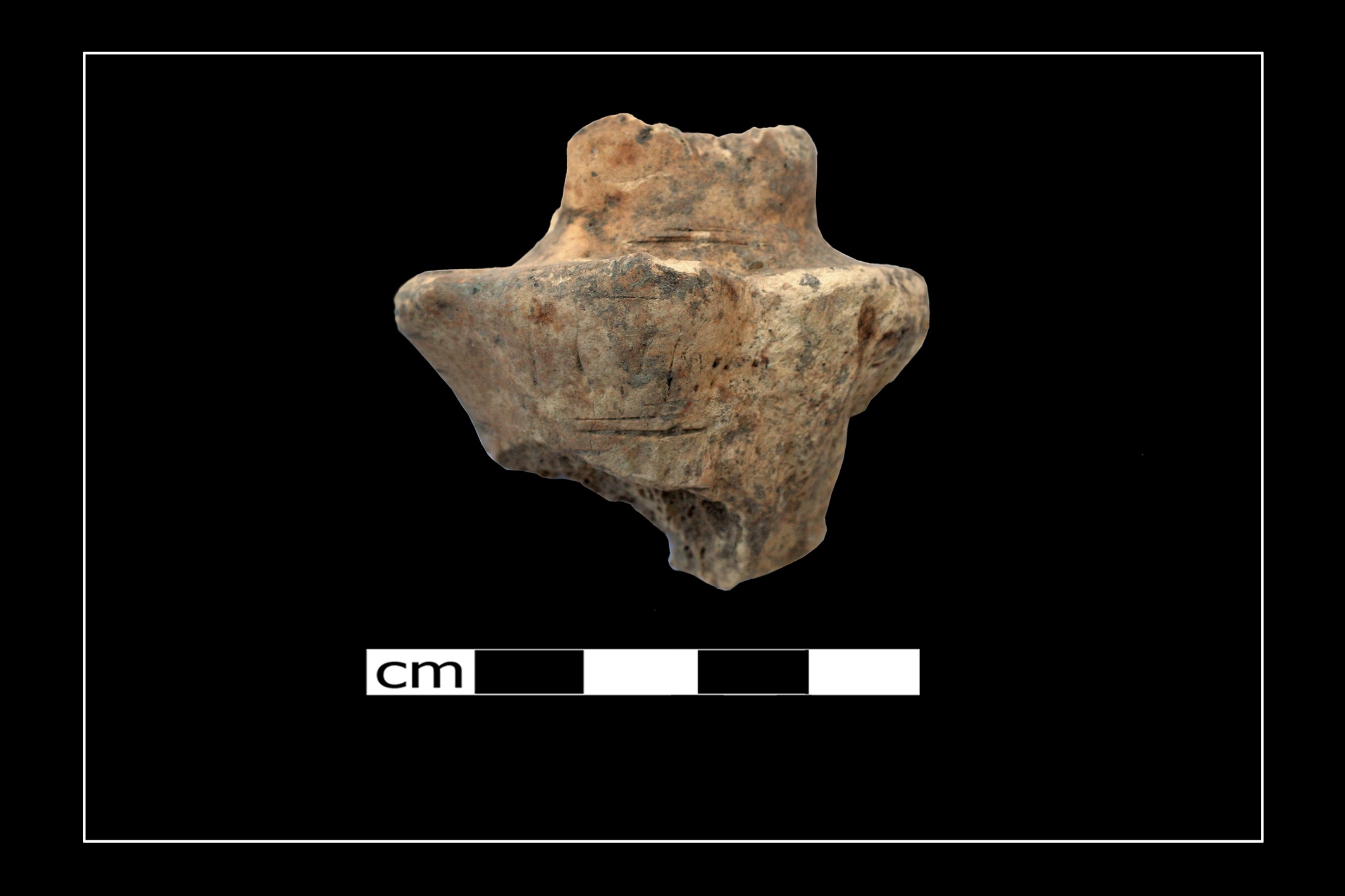
In addition, an analysis of the chemical isotopes, or elements with different numbers of neutrons, in the bones revealed that they came from far-flung, rural desert locations distant from Jerusalem.
Bustling trade
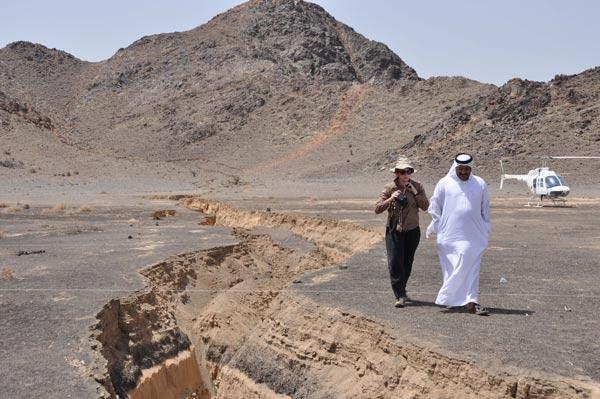
The findings bolster the notion that the economy of Jerusalem at that time was powered by animal sacrifice. During the second temple period, Jews were spread far from Israel, yet they were still religiously required to sacrifice animals. So they probably paid local representatives to herd animals to Jerusalem on their behalf, creating a massive sacrificial economy in the city.
Get the world’s most fascinating discoveries delivered straight to your inbox.

Tia is the editor-in-chief (premium) and was formerly managing editor and senior writer for Live Science. Her work has appeared in Scientific American, Wired.com, Science News and other outlets. She holds a master's degree in bioengineering from the University of Washington, a graduate certificate in science writing from UC Santa Cruz and a bachelor's degree in mechanical engineering from the University of Texas at Austin. Tia was part of a team at the Milwaukee Journal Sentinel that published the Empty Cradles series on preterm births, which won multiple awards, including the 2012 Casey Medal for Meritorious Journalism.


